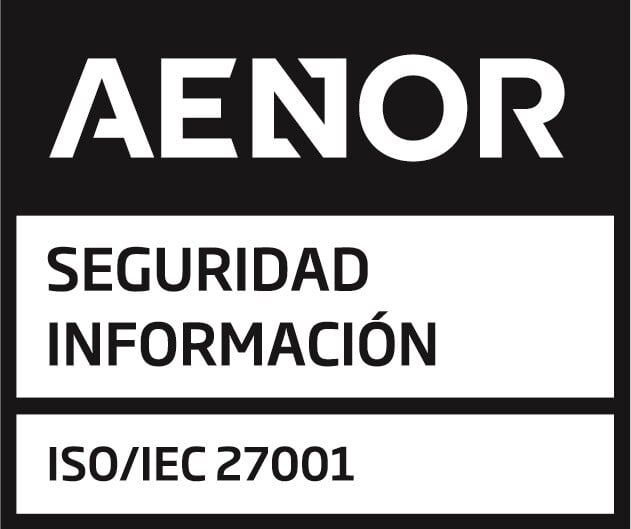Across the renewable sector, companies are scaling fast — but often without the operational clarity to match. As portfolios grow and teams expand, asset lifecycle management becomes increasingly difficult to handle through spreadsheets, siloed systems, and disconnected workflows. To thrive in this environment, renewable energy companies need a more unified, transparent way to manage their assets — from development to repowering.
The challenge of managing the full asset lifecycle
It’s a familiar scenario. One team handles development milestones in one tool. Operations logs live in another. Finance runs on spreadsheets. Engineering teams email updates, while compliance documents are buried in shared drives. For many renewable energy companies, this is the everyday reality of managing complex projects and portfolios.
The problem? Asset lifecycle management touches every part of the business — from early-stage development, to construction, operations and maintenance, and asset management. When these responsibilities are managed in isolation, teams lose visibility, duplicate efforts, and create operational blind spots that are hard to detect until something breaks.
What is asset lifecycle management in renewable energy?
In simple terms, asset lifecycle management refers to overseeing an energy asset throughout its entire life — from early planning to long-term operation and eventual repowering or divestment. This process typically includes key phases such as development, construction, and operations, each involving a variety of tasks like land acquisition, permitting, financing, commissioning, maintenance, and performance monitoring.
Each phase relies on the accuracy and continuity of the one before it, and often involves different teams, technologies, and data sources. When these phases aren’t connected, teams lose context, duplicate work, and risk falling out of compliance. The lack of end-to-end visibility slows down problem-solving and makes it harder to extract full value from every asset.
The hidden costs of fragmented tools and workflows
When asset data is scattered across platforms — or worse, buried in emails and local folders — the result is friction. Teams spend valuable time chasing updates, decisions are made on outdated or incomplete information, and interdepartmental handovers turn into bottlenecks rather than seamless transitions.
Disconnected systems slow down decision-making, increase operational costs, and make it harder to spot issues before they escalate. Manual processes introduce human error. Compliance reporting becomes reactive and stressful. And key opportunities for optimization — such as identifying underperformance early — are often missed entirely.
Why one platform changes the game
Now imagine managing your entire asset lifecycle from a single platform. No more chasing files across folders. No more asking three departments for status updates. With a unified system designed for end-to-end lifecycle efficiency, everything — data, communication, reporting, workflows — stays connected and consistent.
You gain clear, cross-functional visibility across development, operations, and finance. This means you can act faster, plan with greater accuracy, and make better-informed decisions before issues arise. Teams stay aligned — whether they’re in the field or at headquarters.
Streamlined compliance improves operational resilience by keeping documents, permits, and reports centralized and easy to track. And because information flows smoothly from one phase to the next, integrated tools help reduce costs, avoid errors, and support scaling without added complexity.
What to look for in an all-in-one lifecycle platform
Not all platforms claiming to manage renewable assets are built equally. One of the first questions to ask is whether the system truly supports the full asset lifecycle. A platform that only covers one phase risks becoming just another silo. What’s needed is continuity: a digital backbone that adapts to each phase without losing context, data integrity, or operational flow.
Another key consideration is scalability. As portfolios grow, the platform must grow with them — without introducing new layers of complexity. Look for a solution that supports expansion across regions, technologies, and teams, while keeping workflows streamlined and performance measurable.
But functionality isn’t everything. The right platform should also align with your company’s long-term goals and infrastructure. It should integrate smoothly with existing tools, support automated reporting, enable secure collaboration, and provide a user-friendly experience that encourages adoption across departments.
Other important features include encryption for data protection, version tracking for auditability, and the flexibility to customize workflows to suit your operations. Ultimately, the best platforms turn technology into a true operational advantage — connecting teams, simplifying processes, and building confidence at every step of the asset lifecycle.
Moving toward smarter lifecycle management
Managing assets through disconnected systems might have worked in the past. But as the renewable energy industry matures, complexity increases — and so does the cost of inefficiency.
Smarter lifecycle management starts with integration. Companies that embrace unified platforms gain the agility to lower costs, improve performance, and adapt faster to changing demands — across teams, technologies, and geographies.
Now is the time to rethink how you manage renewable assets. Look for solutions designed to evolve with your business — and simplify every step of the lifecycle.
